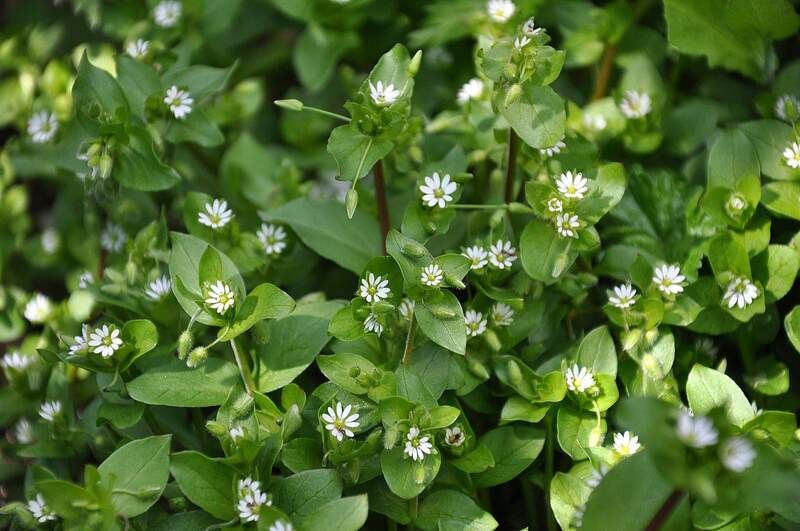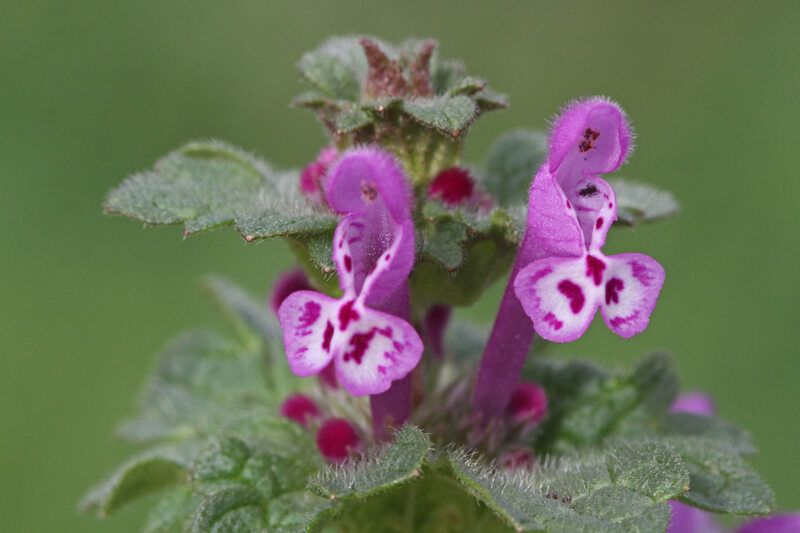In DFW, we finally get a break from the heat of summer in September. But your lawn still needs one more thing from you: fall weed prevention. As we move into cooler temperatures, cool-season weeds will start germinating and creeping into the yard. Prevention is a lot easier than treatment, and September is the right time to prevent these weeds in DFW.

Prevent DFW Lawn Weeds in September
Cooler Temperatures are Coming
As air temperatures drop, and the soil temperature starts falling too, some weed seeds are triggered to germinate. If you struggled with weeds during the summer, then you'll want to make sure you have a plan for this new wave of weeds that will begin popping up. These weeds include henbit, chickweed, and Poa annua, among others, that can grow all through the winter and into spring. If they go to seed in the spring, those seeds will remain in your soil, to pop up again this time next year. Better to keep the weeds out than to try and control them after they germinate.

Henbit weed. Photo Credit: Miltos Gikas / Flickr / CC BY 2.0
Safer for Pets
We treat weeds with as little herbicide is needed, to get the job done. That's because studies have shown that when herbicide is used, you can detect it in the urine of dogs that play on the lawn. Using as little herbicide as possible (or going 100% organic) reduces the risk of exposure. That's also why many homeowners chose to treat weeds in the front yard only (with spot treatment), and leave the backyard organic for pets (and kids) to play.
Preventing Weeds Organically
The best way to reduce the use of harsh chemicals on the lawn is to prevent weeds in the first place. The organic way to prevent weeds is to give turfgrass all the nutrients it needs to grow thick and lush. Healthy grass competes against weeds, by blocking sunlight. Over many years, with fewer weeds, there aren't very many weed seeds in the soil anymore.
Sick grass growing in sick soil allows for gaps in the turf, where weeds can poke through and find sunlight and take over and then scatter their seeds for next year. Sick grass grows in sick soils, so improving the soil will help grass grow much better. That's why we provide 6 annual treatments of our organic Liquid Compost: to help improve your soil, which helps the grass grow much better, blocking weeds organically.
Using 80% Less Herbicide
In addition to organic Liquid Compost, another way to reduce your use of herbicide is to stop the weed seed germination. That's what a pre-emergent does. It's not organic, but by preventing weed seed germination, there won't be big weeds that need to be sprayed with a ton of herbicide later on.
You can reduce herbicide use by up to 80%, when you control weeds before they take over. September is when DFW lawns need pre-emergent, to prevent those cool-season weeds from popping up. You can call and schedule a treatment now, that way you don't need to spray a lot of herbicide later on.

Chickweed. Photo Credit: Lazaregagnidze / Wikimedia Commons / CC BY-SA 4.0
Pre-Emergent in Spring
Another time you'll want to consider pre-emergent is in early spring, as temperatures begin rising. This is when warm-season weeds begin germinating. If you don't stop germination, then you'll be chasing these weeds all summer, spraying a lot of herbicide to control the problem that could have been prevented.
Did you know some lawn care companies in DFW mix herbicide into their liquid fertilizer, meaning that they are spraying it across 100% of your lawn? Even if you only have weeds on 10% of the lawn, you're getting this chemical sprayed everywhere. At Soils Alive, we only spray herbicide where it's needed: directly on the weed. Spot treatment uses far less herbicide. It takes a bit more time, to walk the entire yard and check for weeds, but it's worth the time if it means using far less chemicals. It's more eco-friendly, and it gets the job done.
Healthy Soil = Healthy Grass = Fewer Weeds
Preventing weeds is easy when your grass is thick and lush. Weeds need sunlight, and healthy grass competes to block sunlight hitting the soil. To get healthy grass, you need healthy soil. Healthy soil has beneficial microbes, helping break down grass thatch, and has plenty of the micronutrients that grass needs to build its defenses against insect and fungal attack.
Healthy soil is loose and not compacted, allowing water to soak in after a heavy rain and not wash off, and the soil is open to gas exchange (oxygen and carbon dioxide). Even the worst of our heavy clay soils in DFW can be made healthier, by bringing it back to life with microorganisms, humates, and seaweed extracts. That's what Liquid Compost does. It provides the microbes needed to replenish the soil that's been damaged by overuse of herbicides, insecticides, and fungicides.
Fall Gardening with Native Plants
Another great idea for September and October? Building a butterfly garden for the kids. Did you know native plants love being planted in the fall? That's because the heat of summer is past, but the soil is still warm which allows their roots to continue growing. You can install your plants in October, and not worry about them dying in the heat, and their roots can keep growing into the warm soil all the way into December. A strong, healthy root system will give your native plants better access to moisture, with 6 months of growth before the heat of June next year.
Anytime before the first fall frost (around November 20) is a great time to design and install a butterfly garden in your landscape. Check out the 25 plants that we recommend for DFW gardens, if you want to reduce your water bill and attract hummingbirds and butterflies to your home.
